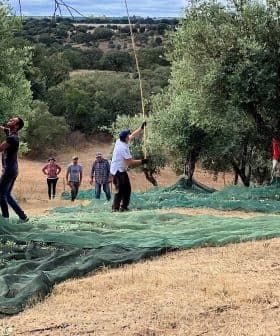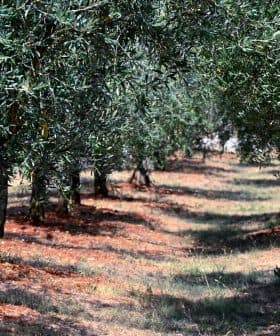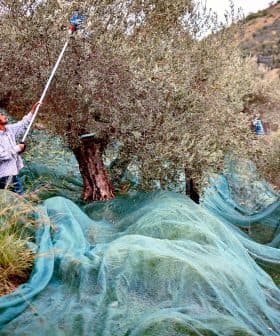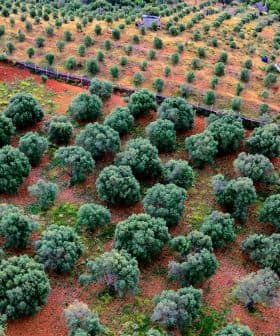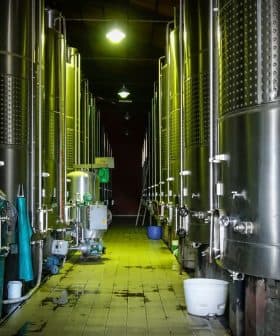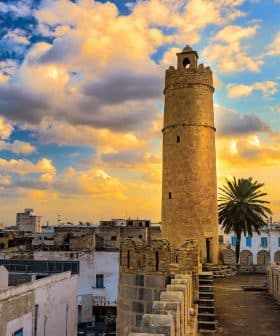Award-Winning Catalan Producer Bets on Growing Demand for Arbequina
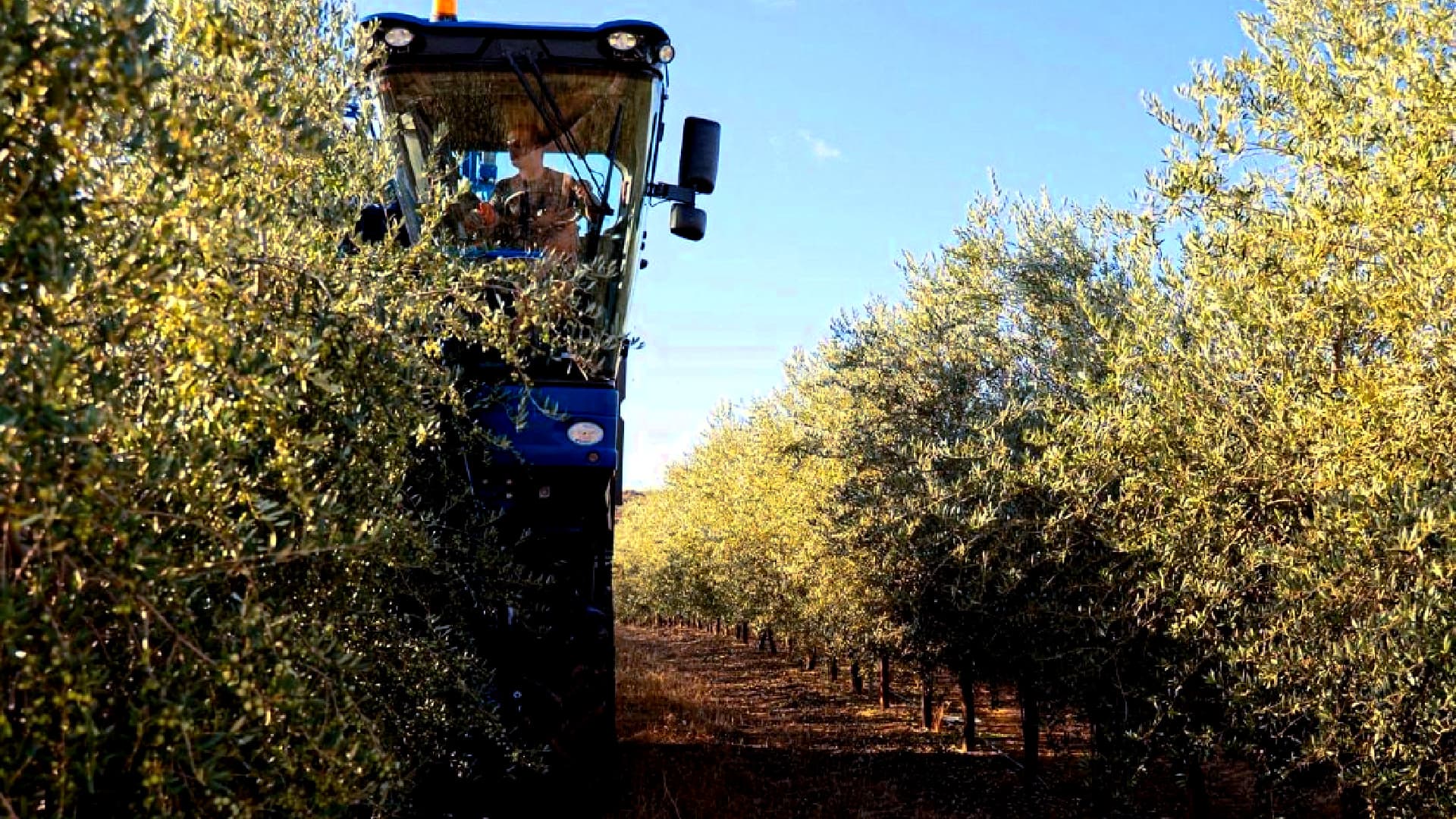
Gaudea, a family company in Lleida, Catalonia, won a Silver Award at the 2024 NYIOOC World Olive Oil Competition for their Arbequina oil. Despite challenges like a heat wave reducing their harvest, the company is expanding production and investing in cooling systems to adapt to changing climate conditions.
After another challenging harvest in Catalonia, the producers behind Gaudea are celebrating their debut award at the 2024 NYIOOC World Olive Oil Competition.
Situated in Lleida, about 100 kilometers west of Barcelona, the family company earned a Silver Award for a medium-intensity Arbequina native to Catalonia.
“We are very excited to have won the Silver Award at the NYIOOC,” said Alba Comadran Turu, a spokeswoman for the company. “This recognition means a lot to us and is a testament to the hard work and dedication our team has invested in the production of our premium Gaudea Signature oil.”
See Also:Producer ProfilesOriginally dedicated to growing grains, the company shifted its focus to extra virgin olive oil production in 2009.
Since then, Gaudea has expanded from 52 hectares of Arbequina groves to 75 hectares currently in production. Gerardo Camps, the company’s director, said there will be 150 hectares in production in the coming years.
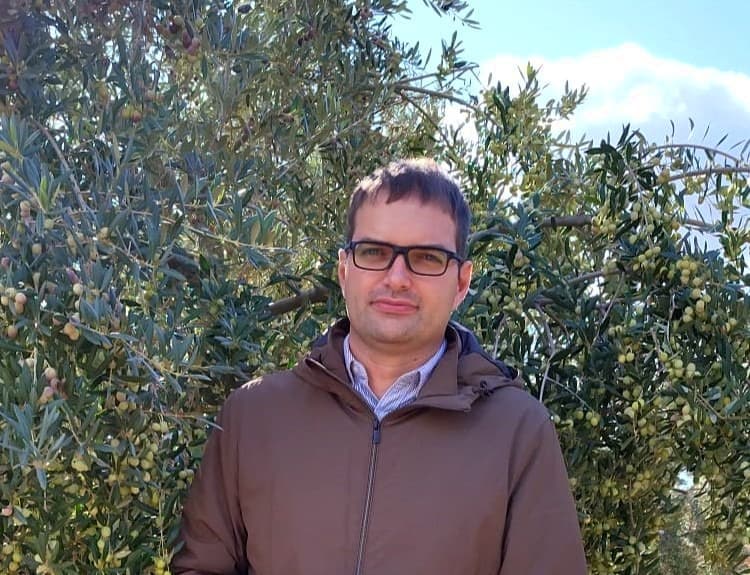
Gerard Camps is overseeing the tripling of Gaudea’s olive growing. (Photo: Guadea)
Gaudea’s extra virgin olive oil is certified with the Les Garrigues Protected Designation of Origin from the European Union. “Our oil has a bitter and spicy profile,” Camps said. “It is a sweet and mild oil with a high fruitiness.”
According to Les Garrigues regulatory consortium, which applied for the PDO, extra virgin olive oil must be made with Arbequina or Verdiell olives and is characterized as “fruity: greenish in color with a taste of bitter almonds, and sweet.”
The Gaudea family celebrated the award’s announcement, which capped off a challenging harvest in Catalonia, Spain’s fourth-largest olive oil-producing region.
“We had a 40 percent reduction in the harvest because there was a heat wave at the time of blossoming that burned the flowers and resulted in fewer olives being produced,” Camps said.
In a typical year, the company produces about 100,000 liters of olive oil from its super-high-density groves. However, this year, the company produced 60,000 liters.
Overall, data from the Ministry of Agriculture, Fisheries and Food show that Catalonia produced 31,224 tons of olive oil in the 2023/24 crop year, an increase from last year’s historic low. Lleida was responsible for 8,667 tons.
With plenty of flowers on the olive trees, there is hope that production could increase again in the 2024/25 crop year.
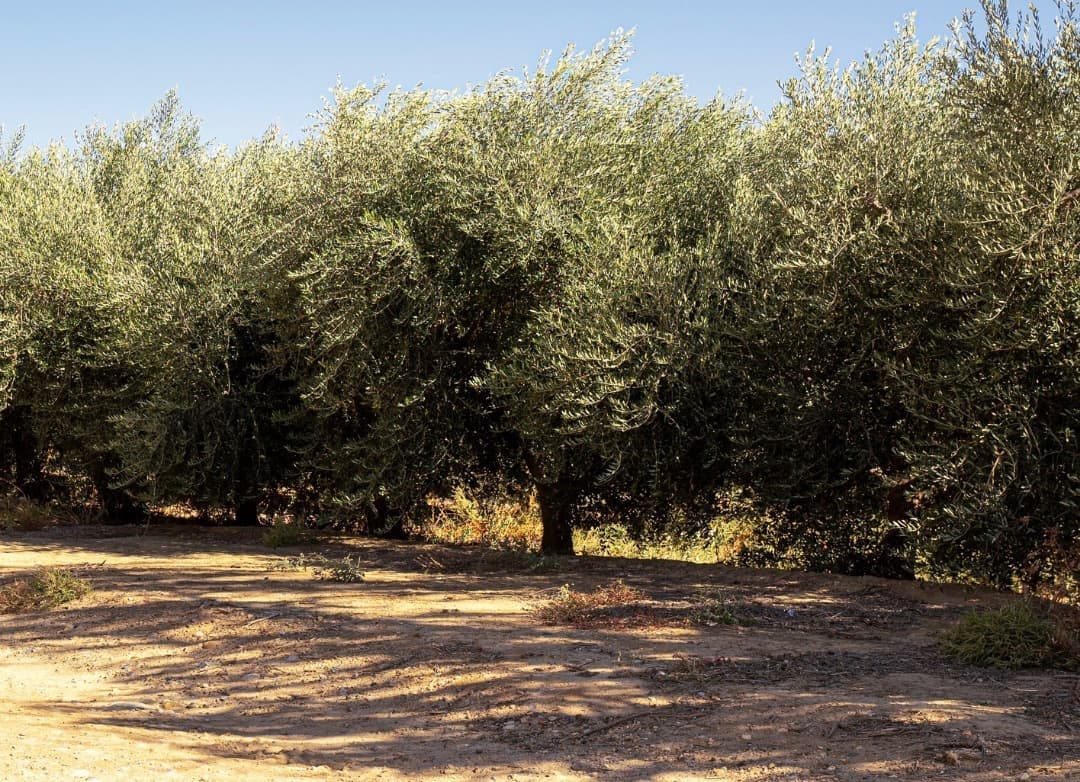
Gaudea specializes in three types of Arbequina monovarietals, including a robust early harvest, a mild later harvest and an organic.(Photo: Gaudea)
“But there is still a lot of time for things to change,” Camps said. “We will have a better idea after June or July when the trees have finished blossoming and olive drupes begin to form.”
Camps worries that a premature heat wave could once again hurt production. “At this time last year, there were many flowers on the trees, but the heat wave damaged them,” he said.
Along with high temperatures in the spring, Camps said that unseasonably hot weather in October, when the harvest begins, is another challenge the company has faced in recent years.
“In October, it is still very hot, and temperatures reach 30 ºC on many days,” he said. “We start at 7:15 a.m. when the sun rises and finish by 10 or 11 a.m.”
Camps would start even earlier, but he harvests the super-high-density groves mechanically, and a ban on nighttime mechanical harvesting means he cannot begin before daybreak.
By noon, when temperatures reach their daily maximum, Camps said the olives and the oil inside them are already beginning to heat. Thus, harvesting finishes for the day, and the focus shifts to transporting the olives to a local mill.
Gaudea has invested in cooling systems to store the olives below 27 ºC while they are transported to the mill and until they are transformed into olive oil.
“This way, we produce an olive oil that is fruity and more bitter,” he said. The company also plans to build a mill in the coming years.
While high spring temperatures remain the primary concern, the company has also invested to hedge against the rising annual probabilities of severe drought.
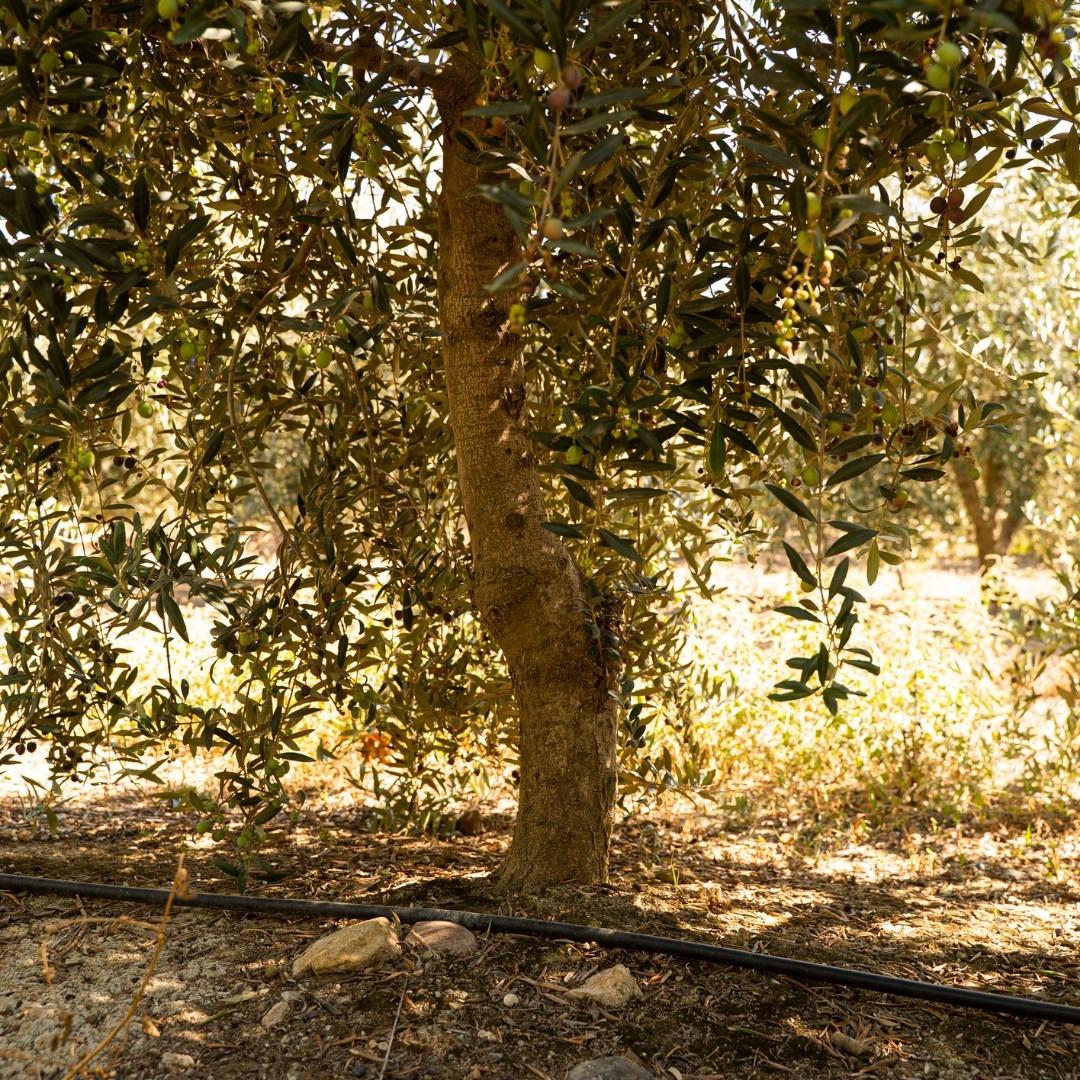
Guadea has invested in drip irrigation to maximize water resources in an increasingly hot and dry Catalonia. (Photo: Guadea)
Eastern Catalonia has experienced an extreme drought over the past year, with water restrictions in place in Barcelona and Girona. In Lleida, Camps said there has been enough rain during the winter, and reservoirs remain at adequate levels to ensure no restrictions.
However, the Gaudea team has plans to adapt to Spain’s changing climate. Experts anticipate the Iberian peninsula to become steadily hotter and drier over the coming decades.
All of the company’s olive groves have drip irrigation systems, and the team carefully monitors precipitation levels and soil moisture to use water as efficiently as possible. “You don’t need as much water as before; with drip irrigation, we achieve the same results with less water,” Camps said.
Despite these challenges, production and sales continue to increase. High prices at origin and lower availability over the past two years have meant that sales have slowed slightly over the past year and a half, but Camps believes the upward trend will continue.
Camps said the higher prices have helped balance out significantly higher production costs.
“Production costs have increased by 50 percent for phytosanitary products, fertilizers and worker compensation,” he said. “Considering the lower production, the price of producing a kilogram of olive oil is about €6.”
Once the harvests return to normal levels, he anticipates that prices at the origin will settle around €6 or €7 per kilogram, which he said is good for consumers and producers.
According to Infaoliva, extra virgin olive oil prices at origin are currently €7.140 per kilogram, down from the record-high €8.988 per kilogram in mid-January.
While the high prices at origin resulted in a shift in consumer behavior, Camps said they are a welcome change from the lows recorded throughout the 2019/20 crop year.
At the time, prices hovered around €2 per kilogram, and many farmers and millers could not cover production costs.
Despite challenges surrounding higher costs and climate change, Camps remains optimistic about the sector’s trajectory.
“Prices have almost doubled in the past year, but demand has remained very good,” he said. While consumption in Spain has fallen significantly due to lower availability, consumers are buying almost all the available olive oil.
“With each passing year, consumers continue to attribute more value to olive oil, and they continue to buy high-quality extra virgin olive oil despite the higher prices,” Camps concluded.


